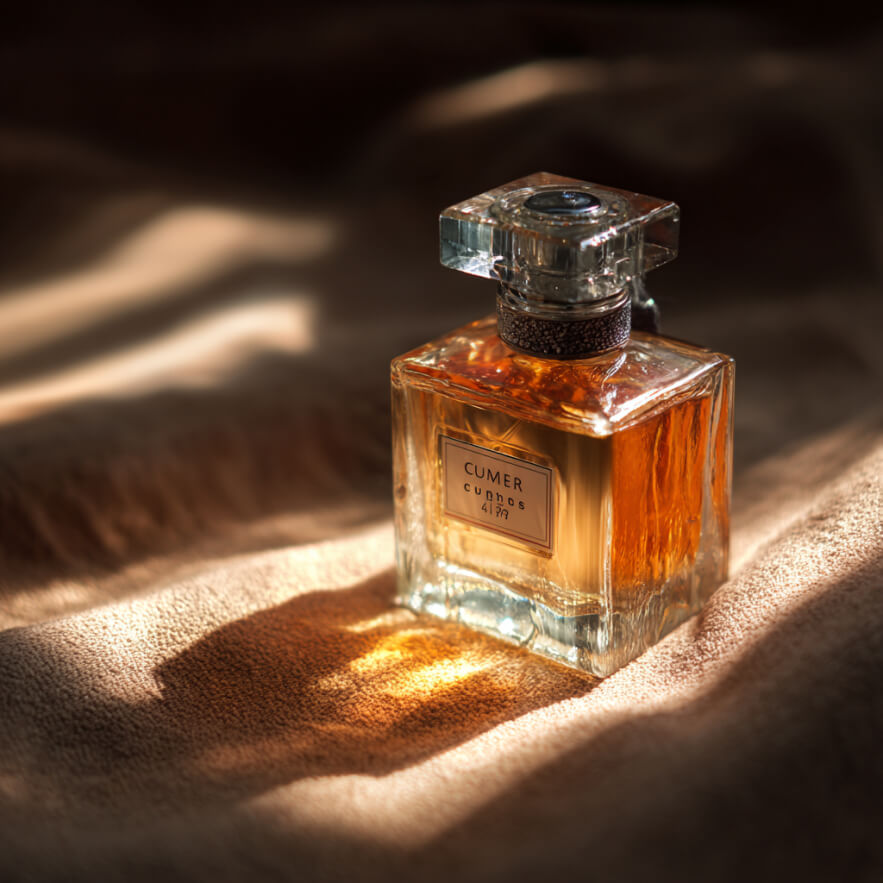Some fragrances disappear quietly, others take a final bow. They’re created not for years, but for a single season, event, or fleeting mood. These collections never return to production. They can’t be found in typical boutiques and are nearly impossible to predict. They are signature scents born at the intersection of fashion, art, and perfumery. Their bottles often become collector’s items, and the compositions themselves are whispered about in niche communities and backstage circles. They live briefly — but leave a trace.
When perfume becomes haute couture
Some fragrances never make it to retail. They’re not advertised by influencers, not featured in sample boxes, and not sold at chain stores. These are exclusive creations made for runway shows, artistic collaborations, or limited releases tied to specific moments. Their goal isn’t mass appeal — in fact, the opposite. These perfumes are experimental, provocative, and made for insiders.
A fashion house may commission a scent to accompany a clothing collection on the runway. The perfumer works with the same themes — leather, velvet, silk, metal. The result is meant to complete the look, not distract from it. The fragrance becomes part of the outfit, not just an accessory. And often, after the show, it disappears — never bottled for sale.
Sometimes the scent ends up in the hands of models, VIP guests, or select editors. The bottles are unmarked, unbarcoded, and over time become scented legends. You can only identify them through stories or descriptions. Finding one is like discovering a signed first edition of an obscure art book.These collections aren’t scaled because their power lies in their moment. They’re created as statements, as ephemeral performances — and then vanish, leaving only a memory. That impermanence is part of what makes them valuable.
Why these bottles vanish – and how it works
Creating limited-edition scents is expensive and risky. These releases happen outside of the normal fragrance production cycle. Instead of a stable formula — you get an improvisation. Instead of a full-scale launch — batches of 50 or even 10 bottles. This demands a different process: rare ingredients, handcrafted packaging, unique design.
Sometimes, the fragrance can’t be repeated because the raw materials run out. Certain notes — aged musks, wild-harvested resins, natural animalics — are physically impossible to source again. Suppliers disappear. Ingredients become banned. Or a specific natural essence just can’t be cloned in the lab.
Exclusivity contracts can also be a factor. Fashion houses often commission single-use compositions, locking out future reproductions to protect the brand’s narrative. Sometimes, the perfume is so private that it’s not even allowed to appear online.Perfumers often say these are their most personal projects. They’re not bound by what sells. They lean into ambiguity, imbalance, and contrast. No predictable sweetness or guaranteed longevity — just emotion, conflict, and artistic risk.
How collectors hunt for vanished runway bottles
Unique scents that disappear off the runway often become collector’s prey. Platforms like eBay, niche forums, Telegram channels, and Instagram auctions are tools of the trade. Often, the collector isn’t chasing the fragrance itself — but the memory of it, described in a show review or whispered at a backstage encounter. Sometimes, even an empty bottle is enough — a sacred relic.
One of the most effective strategies is following stylists and assistants who worked on the show. They sometimes end up with testers that never saw public release. Also, it’s worth following perfumers directly — they’ll hint at private projects that never reach stores.
Some go even further and reconstruct the scent based on descriptions. Hobbyist perfumers analyze memory-based breakdowns and recreate their own interpretations. It’s never an exact copy, but it’s a way to connect with the idea.The bottles themselves often stand alone as collectible items. Blown glass, hand-cast caps, labels printed on Japanese paper. Some are true one-offs. Their value lies not just in scent, but in craftsmanship and presence. Collectors compare them to unexhibited sculptures — real, but rarely seen.
Why brands embrace this form of unrepeatable art
Releasing unrepeatable fragrances is not just about artistry — it’s also a brand strategy. These scents build an image of exclusivity, creativity, and depth. Even if the fragrance is never sold, it builds aura and prestige. It’s an investment in perception, not in sales.
It’s also a way to test bold ideas without risk to the main lineup. On the mass market, strange or unstable compositions don’t survive. But released as artefacts, they’re free to exist. And if they’re loved — a refined version might appear later.
For many brands, these bottles serve as part of a visual manifesto. They’re not worn — they’re shown. Placed in showrooms, used in runway installations, displayed in editorial spreads. They speak the brand’s language — in scent, not words.
Recently, there’s even been a rise in the secondary market of experiences. People trade stories, illustrations, even NFTs tied to these scents. To witness such a project is a kind of collectible moment in itself.
If you’re still searching, don’t wait for luck. Follow niche brand collabs, watch for insider leaks, network in trusted communities. Rare perfume isn’t about luck — it’s about patience and awareness.
Moreover, runway-exclusive fragrances are increasingly integral to high-fashion shows, enhancing atmosphere and emotional depth. As noted by Yvan Jacqueline of Parfums de Marly, scent evokes memory and emotion through direct impact on the limbic system — with smell, memories arrive before thought or logic have a chance to catch up.Curious how packaging can become iconic too? Read Packaging that stays: the new cult of perfume boxes and see how boxes get a second life — as art, ritual, and memory.
Almost never. These scents rarely go public. Your best chance is through insider access or secondary markets.
Sometimes brands reinterpret them later, but it’s rare. Most of the time, they remain unreleased and archived.
Trust the source, examine the craftsmanship, and compare notes with descriptions from the perfumer or show — small details often reveal authenticity.

